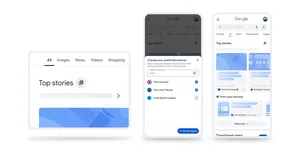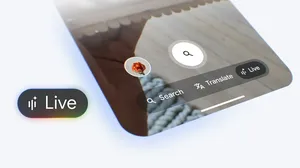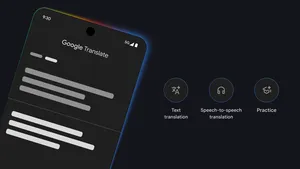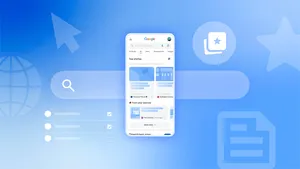New features make Translate more accessible for its 1 billion users
AI has helped power some of our biggest advancements in translation in the years since we’ve launched Google Translate. Today, we’re launching even more AI-powered features to provide helpful and contextual awareness when using Translate on mobile and the web.
More context, more relevancy
Soon, Translate will give you more contextual translation options with examples in the intended, translated language. So whether you’re trying to order bass for dinner, or play a bass during tonight’s jam session, you have the context you need to accurately translate and use the right turns of phrase, local idioms, or appropriate words depending on your intent, with languages including English, French, German, Japanese and Spanish rolling out in the coming weeks.

A new design, new languages and new gestures
Recently, the Google Translate app on Android got a fresh look, and in a few weeks we’ll be bringing a new design to iOS. Our redesigned Translate experience provides a larger canvas for typing and more accessible entry points for translating conversations, voice input, and Lens camera translation.
- New gestures: New gestures to make Translate more accessible, including the ability to select a language with fewer taps, holding the language button to quickly pick a recently used language with a swipe, and swiping down on the home screen text area to quickly bring up your recent translations.
- More readable: Translation results are now more readable too, with a dynamic font that automatically adjusts as text is typed in. Alternate translations and dictionary definitions (when available) to make it easier to explore different meanings.
- On-device language expansion: 33 additional languages are now also available on-device in the Translate app — including Basque, Corsican, Hawaiian, Hmong, Kurdish, Latin, Luxembourgish, Sundanese, Yiddish and Zulu, among others — giving you the ability to download even more languages to use when you don’t have a network connection or are in an area with low connectivity.
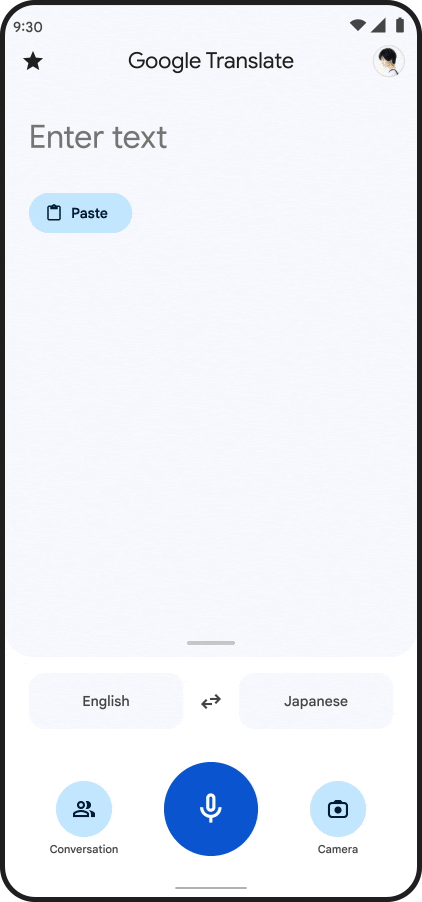
Image translation expands
While Translate has been a great tool for text translation, advances in AI have given us the ability to translate images with Lens, which enables you to search what you see using the camera on your device. In a big step, advanced machine learning also means that we’re able to blend translated text into complex images, so it looks and feels much more natural (available on Android phones with 6GB+ RAM). Soon, we will expand web image translation to give you more options for translating image-based content regardless of how you search for it.
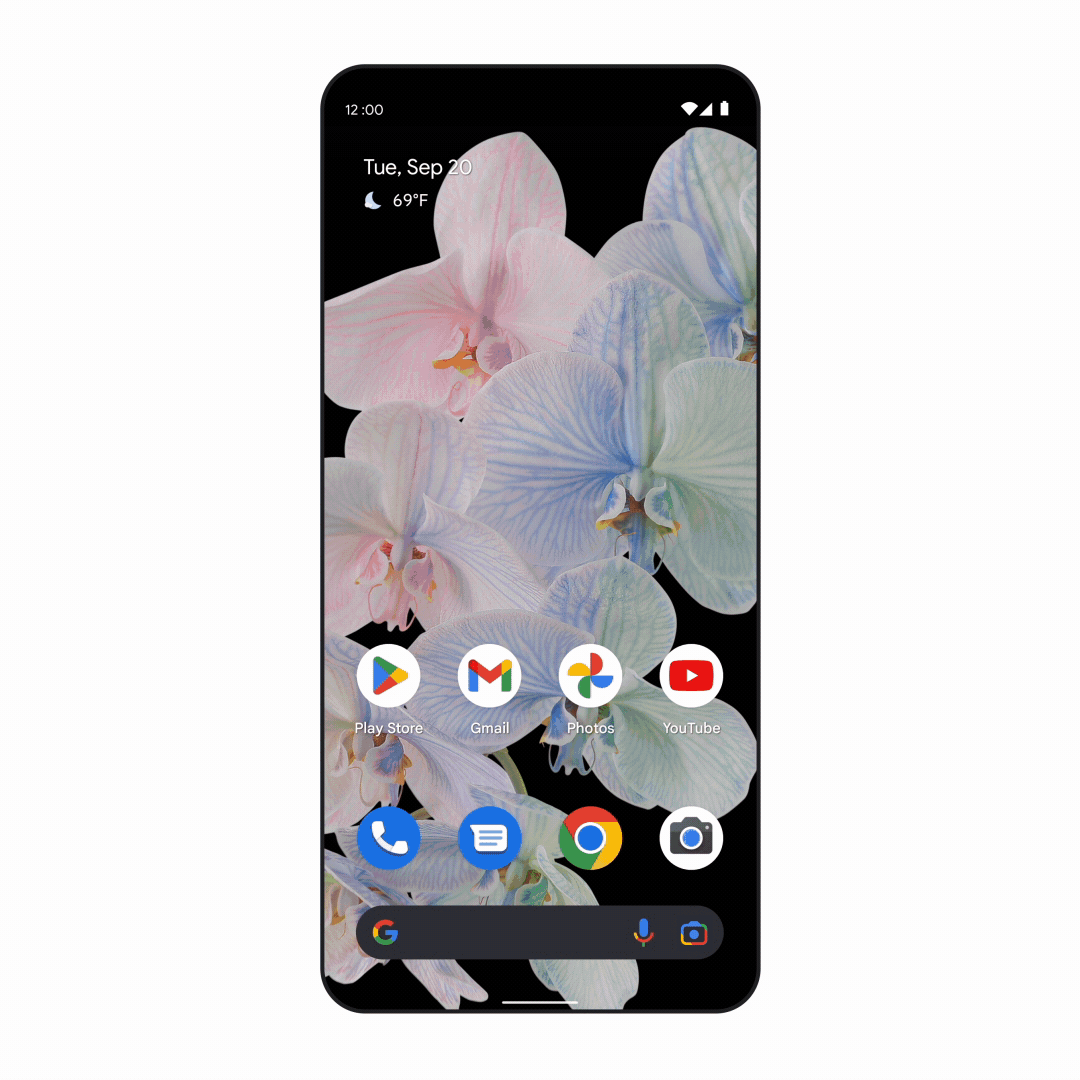
This year, we’ll be continuing to experiment with AI-led experiences in Translate to give you faster, more accurate and dynamic translations in the app, and around the world.



